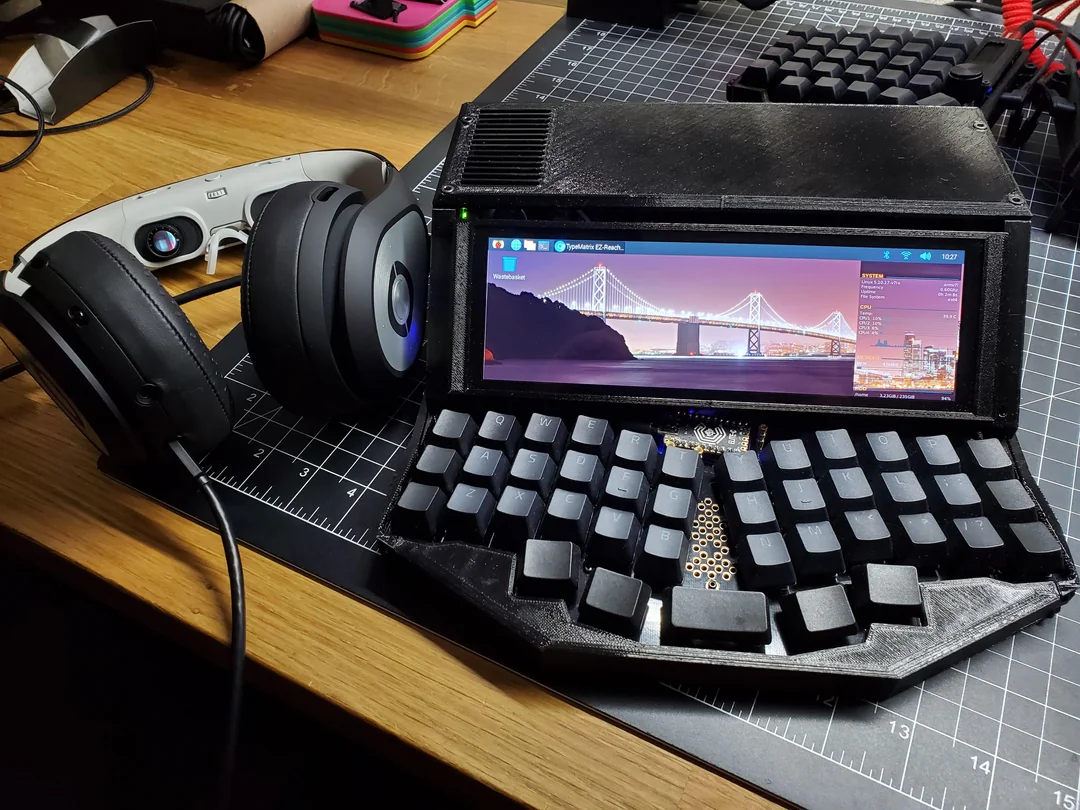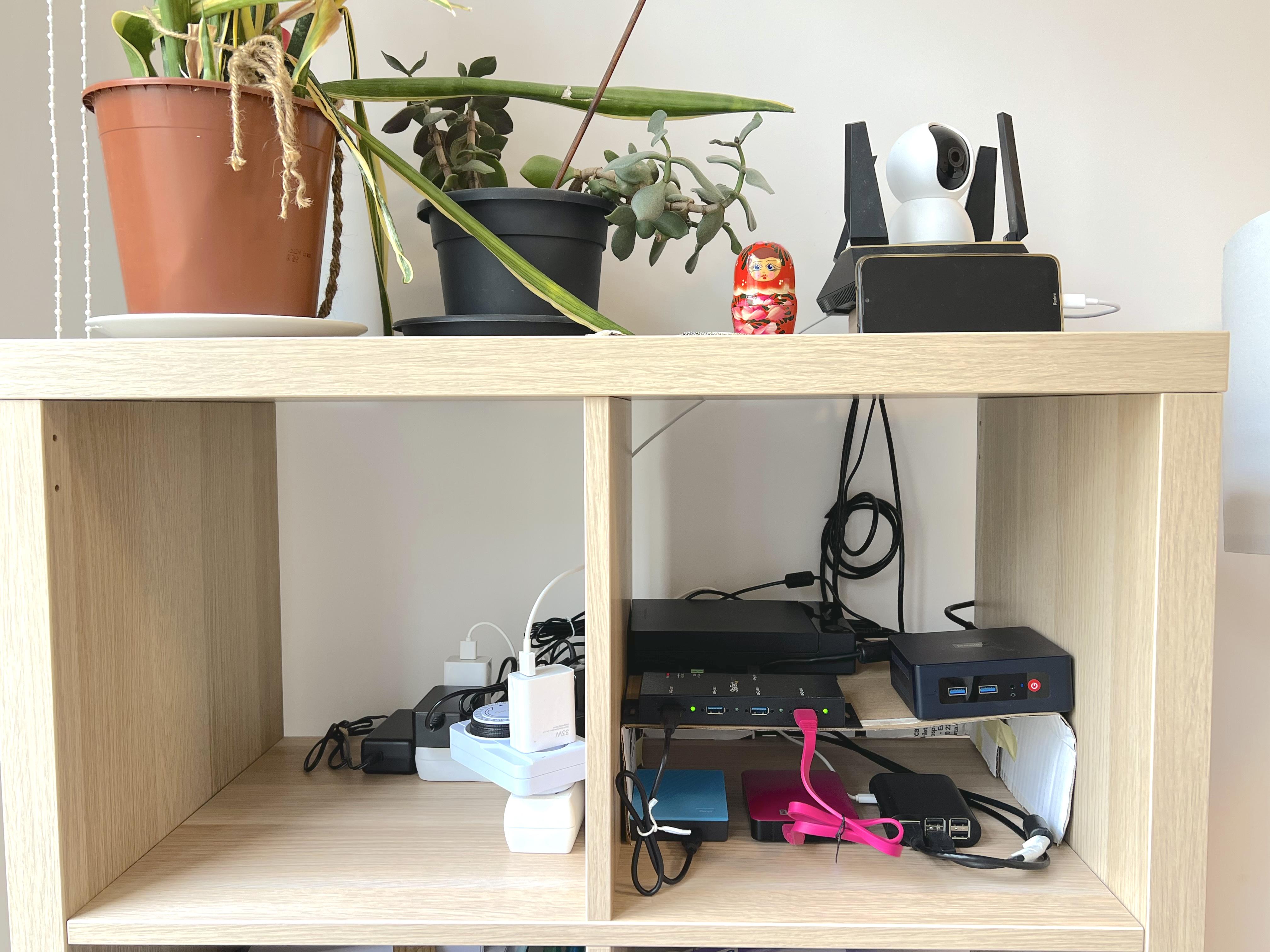The Kancil Cyberdeck as Digital Resilience


Cyberdecks, non-conventionally designed and usually custom-made, portable computing devices is a steadily growing hobbyist activity. Cyberdecks take their inspiration from William Gibson in his novel "Neuromancer", which describes a portable computer used that could directly connect to the user’s brain with cyberspace or ‘the matrix’. Today, more conventionally, its less about neural links but using novel form factors and use cases.

For the Kancil Cyberdeck, the design of the device is driven by the value of ‘digital resilience’ - where ‘old’ devices should be easy to reuse for new purposes, and we should have easy alternatives to dominant Big Tech companies like Google in running our digital lives.
The three objective of the device are:
- Showcase how low-end or ‘obsolete’ tech can be used in novel, useful ways
- Become an offline-node that enable people on their own devices to connect and collaborate (exchange data, write documents) without the use of the internet
- Contain software or instructions to enable connecting devices to become their owns nodes
This whole package will be assembled into a single, connected portable device.
Hardware (preliminary specifications)
The required hardware is being acquired now - mostly via second-hand selling websites - with a focus on:
- 9.7 inch display from an iPad 3 (2012) as the main display
- Samsung Galaxy S20 (2020) or older android phone as the main computing device
- Display board controller to repurpose the iPad display
- Mesh-enabled USB dongle, USB drive to hold more data
- USB Hub to connect display, android phone, mesh-enabled USB dongle, powerbank
Software Stack
The idea for now is that software will need be run on Termux, a Linux terminal emulator, on the Android device. Running Linux via Termux or replacing Android with Linux like Ubuntu could be considered too.
Given the Termux-constraint, software for this device would likely be the following:
- Service: Nginx
- Document Collaboration: etherpad-lite, tiddlywiki
- Document sharing: FTP
- Streaming: node.js and MiniDLA
- Group chat: irssi, matrix
I can, of course, create a more purpose built device using Raspberry Pi 5, GL.iNet Mango router and a new portable display from AliExpress, which would be more robust, lighter, and perhaps even cheaper. However, a key objective with this cyberdeck is show how ‘throw away’ and ‘obsolete’ devices are perfectly suited for other useful roles, and that ‘right to repair’ and similar laws can help make this process easier and cheaper.
Timeline and Progress
Right now, the focus on acquiring the hardware and make sure the basic aspects work before testing the software and later creating a custom case (3D printed or handmade).

